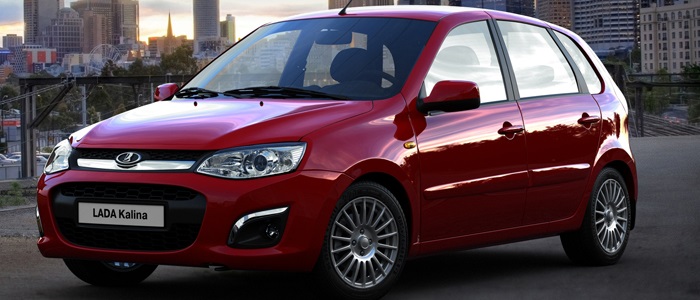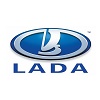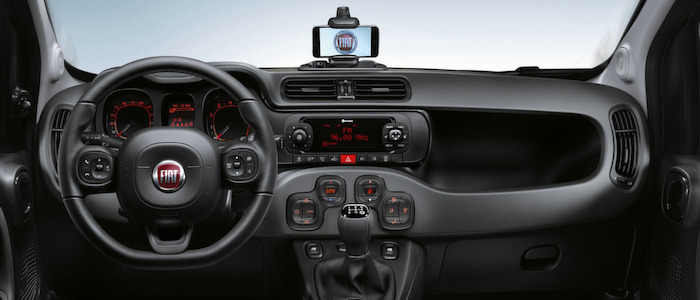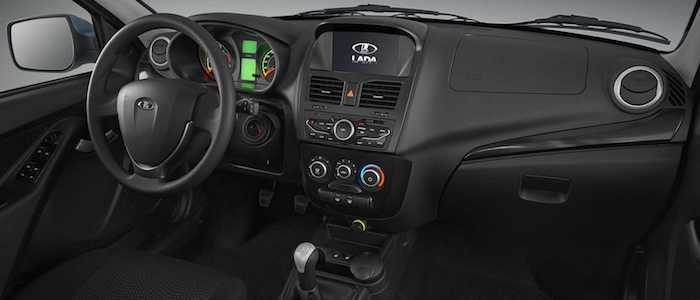Compare two cars
Compare any two cars and get our Virtual Adviser™ opinion
Dimensons & Outlines
Check a car with 30% off a report
Engine
Performance (manual gearbox)
Performance (automatic gearbox)
Expenses
Virtual Adviser's™ opinion
Two significantly similar cars, no doubt about that. Still, each one has something different to offer. Having both cars powered by petrol engines and utilizing the 5-door hatchback body style within the same 'City car' segment, the only major difference here really is their wheel drive configuration (4 x 4 for the FIAT and front in the case of the Lada). The first one has a FIAT-engineered powertrain under the hood, a 2-cylinder, 8-valves 85hp unit, while the other one gets its power and torque from a 4-cylinder, 8-valves 87hp engine designed by Lada.
SafetyThe fact that the FIAT got tested by the European New Car Assessment Programme (Euro NCAP), while the other contender didn't, offers a slight advantage, as the 4-star rating is better than none. That aside, let's consider some other aspects which affect safety. Both vehicles belong to the city car segment, which is generally not a very good thing safety-wise, but that fact doesn't break the tie between the two cars. On the other hand, when it comes to weight, a factor that most people underestimate, the Russian car offers a considerable difference of 10% more metal.
ReliabilityI don't like generalizing things when it comes to reliability, although it does seem that FIAT does have a slight advantage, when all the models are taken into account. These are the official statistics, while our visitors describe reliability of FIAT, as well as Lada, with the same average rating of 4.3 out of 5. Independent research findings rank Panda as average reliability-wise, and Kalina is more or less at the same level.Above it all, drivers of cars with the same engine as the Italian car rank it on average as 5.0, while the one under the competitor's bonnet gets 2.0 out of 5.
Performance & Fuel economyFIAT is a bit more agile, reaching 100km/h in 0.2 seconds less than its competitor. Still, it lacks the power to win the top speed competition, topping at 166 kilometers per hour, 2km/h less than the other car. When it comes to fuel economy an obvious choice would be the Italian car, averaging around 4.9 liters of fuel per 100 kilometers (58 mpg), in combined cycle. That's 43% difference compared to the Russian car!
Verdict
FIAT is apparently more reliable, not too much, but just enough. The most important thing when deciding between any two vehicles should always be safety, both passive and active. In my opinion, everything taken into account, the Italian car offers significantly better overall protection, taking the lead here. When it comes to performance, both vehicles provide similar experience, so I wouldn't point any of them out. the Italian car is in a different dimension economy-wise, and many people will find that crucial. All together, there's not much more to say, in this case I wouldn't even consider anything but FIAT. Anyway, that's the most objective conclusion I could've came up with and it's based solely on the information found on this website. Aspects such as design, practicality, brand value and driving experience are there for you to measure them out. I suggest you spend two more minutes in order to find out which car, based on your needs and budget, would be picked by the virtual adviser™, among thousands of similar, yet so different vehicles.
































